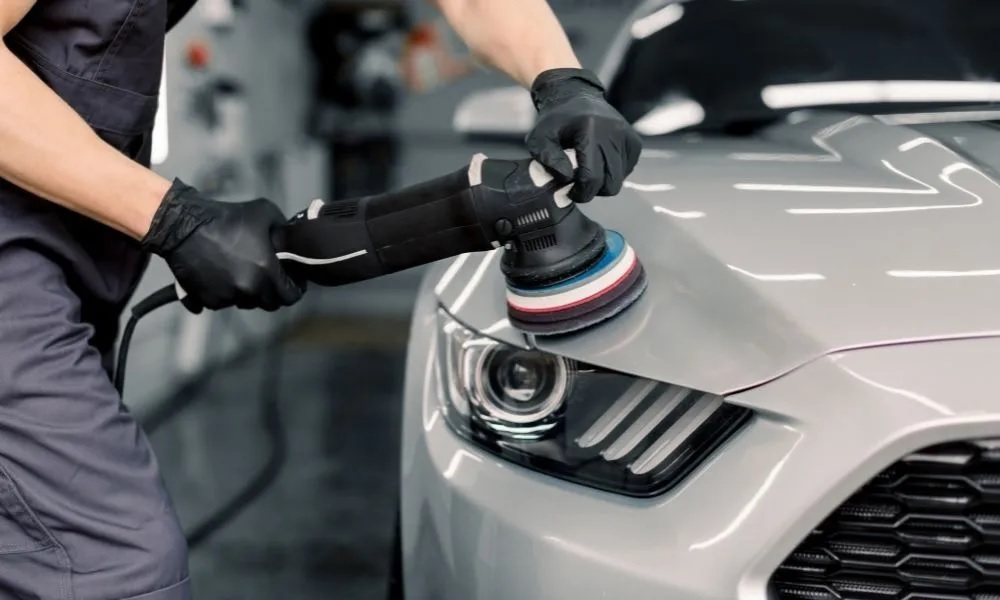The Essential Role of Clay Barring in Car Detailing

Picture your car after a thorough wash; its shimmering exterior appears spotless. However, when you run your hands over the surface, it’s not as silky smooth as you’d like. Instead, you feel tiny bumps and rough patches. It’s a phenomenon called surface contamination, a reality that every car owner grapples with. To rectify this, one of the most potent tools at your disposal is a clay bar, a game-changing component in the automotive detailing universe.
Today, we delve into the essential role of clay barring in car detailing.
Understanding the Necessity of Clay Barring
Surface contaminants can include anything from dust particles, tar, bird droppings, and airborne pollutants. They embed themselves into the paint, making the surface rough, dull, and gradually deteriorating the paintwork. While traditional cleaning methods such as washing and waxing can deal with topical dirt, they often fall short in addressing these more stubborn contaminants. That’s where clay barring plays its part.
A clay bar is a malleable, resin compound designed to “lift” the impurities embedded in your car’s clear coat. It does so by “grabbing” onto the contaminants as you gently glide it across the car’s surface. The result? A vehicle surface that is as smooth as glass and optimally primed for further detailing steps like polishing and waxing.
The Clay Barring Process: A Step-by-Step Guide
- Preparation: Clay barring should always follow a thorough wash of your vehicle. A clean car allows the clay bar to focus solely on the embedded contaminants. Always use a clay lubricant when clay barring to avoid surface marring.
- Clay Barring: Glide the clay bar back and forth over the surface. You’ll notice it start to move more smoothly as it lifts the contaminants. Remember not to press too hard; let the clay do its job.
- Inspection: Feel the surface after you’ve clayed it. If it’s smooth to the touch, the process was successful. If you still feel contaminants, it might be necessary to repeat the process.
- Maintenance: Once you have a pristine surface, follow up with a quality wax or sealant to protect your freshly cleaned paintwork.
Remember, clay barring is not a daily or weekly process but should be conducted periodically, typically every six months, or as required.
Expertise at Your Fingertips
If you’re new to car detailing and unsure of where to start, Detail Central is your go-to resource. From comprehensive how-to guides and professional-grade products, this is your hub for all things car detailing. Their professional team is ever-ready to assist, ensuring that your car maintains its pristine condition and continues to turn heads wherever it goes.
Ready to get started?
With a clay bar in your detailing arsenal, there’s no need to settle for a car that only looks clean. Experience the difference of truly clean paintwork – not only will it enhance your vehicle’s aesthetic appeal, but it will also preserve its longevity. By understanding and embracing the essential role of clay barring in car detailing, you’ve taken an important step towards maintaining your vehicle’s value and beauty.







